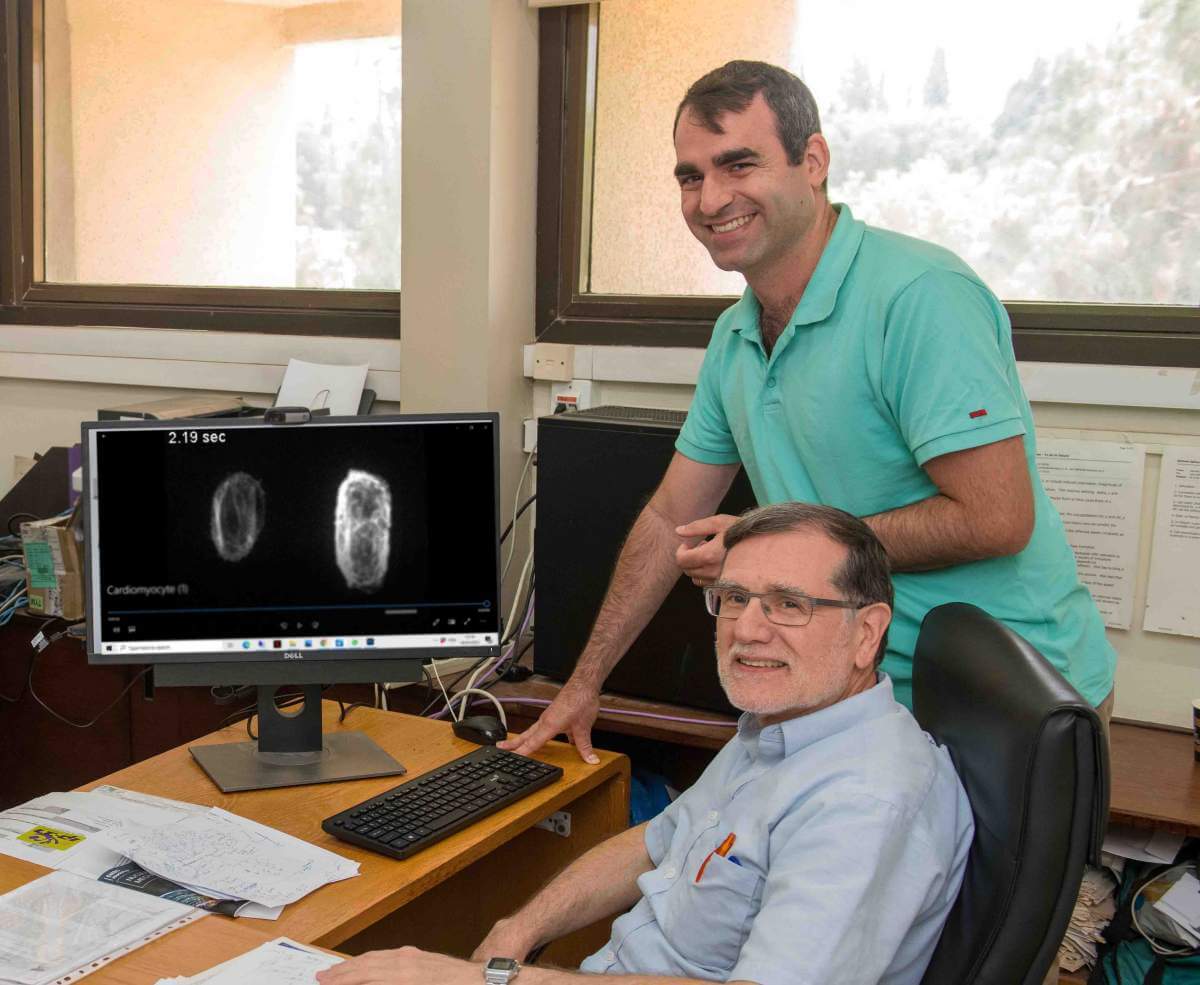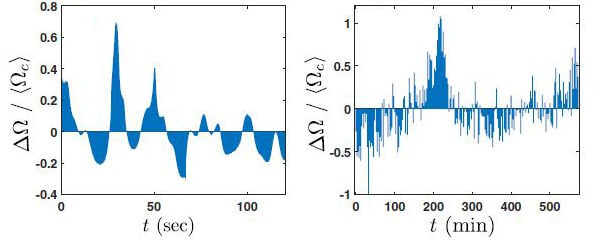Scientists at the Weizmann Institute and the Technion have discovered clues to the existence of a slow regulatory mechanism in heart muscle cells designed to regulate the rhythm of their beats, and to ensure that it is as close as possible to a cycle of one beat per second
When two people dance close together, the rhythm of both synchronizes, so that both move on the square in coordination. Heart muscle cells work in a similar way: in fact, when fetal heart cells are grown in the laboratory, it is possible not only to witness this coordination - but also to increase or slow down their rhythm by shaking the cells. But, for some reason, the cells must be shaken for a long time to make them change their rhythm, and when the shaking stops - a similar amount of time will pass until they return to their original rhythm. If the beating cycle of a heart muscle cell occurs approximately every second, why is the time required for rhythm regulation so much longer?
The discovery of the gap between the duration of rhythm regulation and the rhythm of the beats itself emerged from experiments previously carried out in the laboratory of My prof from the Technion. but Prof. Shmuel (Sam) Shaffern, a theoretical physicist from the Department of Chemical and Biological Physics at the Weizmann Institute of Science, wondered what the difference was. Together with the research student Ohad Cohen, Prof. Shafran already Show in the past that the spontaneous beats of the heart muscle cells - which occur approximately every second - can be described by comparing it to a mechanical system that resembles a spring. But if the only characteristic of heart muscle beats was the spring mechanism, the physics of this type of system would dictate the adoption of the new rhythm within a few moments - not after long minutes. "When there is such a mismatch, first the internal properties of the system must be checked - even in the absence of forces that change the rhythm - and ask if another factor is involved," says Prof. Shafran.
Prof. Shafran and Cohen suspected that the long reaction time is related to the internal regulation of the cell to external noise - a feature that is often observed in data obtained from living systems. That is: if the heart muscle cells beat approximately every second - when the cycle can be shortened or lengthened by a tenth of a second - is it possible that another, slower mechanism operates in the cell to regulate the rhythm, and make sure that it is as close as possible to a cycle of one second?

To test this hypothesis, Prof. Tslim grew heart muscle cells in the laboratory, and in collaboration with Cohen and Prof. Shafran, tracked the natural cell beats - without any change in rhythm. Examining the data obtained over the course of a minute allowed the scientists to understand the subtleties between the actual rhythm and the ideal average rhythm. But the big challenge was to follow the beats for hours, and this test revealed a new pattern: The beats that were slower or faster than the average appeared in clusters - many slower beats together, followed by many long beats one after the other. The length of these clusters was between ten and thirty minutes.

It was as if a hand had disappeared, even if a little clumsy, adjusting the frequency on a radio - turning the dial and striving to find the best transmission quality. When the research group compared the duration of regulation between different heart muscle cells grown in the laboratory (minus certain differences, which made it possible to compare, for example, between a 15-minute cycle and a 25-minute cycle), they discovered that the graphs are quite similar - a hint of the existence of an internal regulation mechanism in the cell, which is essential to its function - and regardless of the rhythm of the beats.
How does the cell "know" that it beats too fast or too slow, and why does it delay in regulating the beat rate? "Although we still do not understand the biochemical processes that control the regulation of heartbeats," says Prof. Shafran, "the slow rate of change indicates the possible involvement of gene transcription and protein translation processes." Future experiments may determine whether a longer-than-normal regulation duration may indicate a defect in cell function. Beyond that, extending the experiment to heart tissue may explain the importance of a longer than normal regulation for the pulsating tissue, and perhaps in the future, even for the heart itself.
More of the topic in Hayadan:
- Heart cells grown from induced stem cells will serve as a model for testing the effect of drugs to balance heart rhythm
- Discovery at the Technion: stem cells of the heart divide for weeks
- Israeli researchers succeeded in printing a heart from induced human stem cells; Will hearts be printed from the patients' own cells in the future?
- Artificial intelligence for heart health
